Film Name:X戰警:黑鳳凰 / Dark Phoenix
Historically, few blockbusters have endured the fate of being “widely panned before even hitting theaters,” but Dark Phoenix managed it… and no wonder, given the numerous red flags (acquisitions, schedule changes, reshoots, etc.).
Perhaps due to the overwhelming negative feedback before and after its release, which lowered expectations, I found the film wasn’t as bad as anticipated. Calling it a “terrible movie” feels a bit harsh. Still, “Dark Phoenix” simply didn’t live up to its potential.
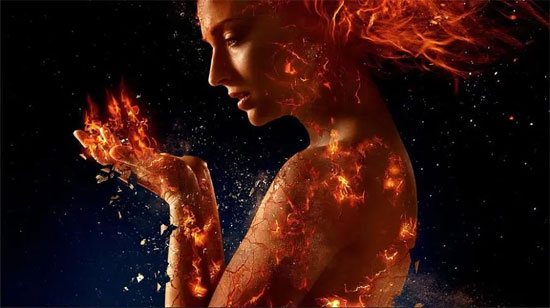
In short, judged purely as a commercial film, “Dark Phoenix” isn’t bad. But as part of the “X-Men” franchise—which has produced many excellent entries—and especially as the series’ finale after nearly two decades, it feels disappointingly simplistic and mediocre. A sense of regret (to some extent) is hard to avoid.
[Friendly reminder: Spoilers ahead.]
While the viewing experience of “Dark Phoenix” wasn’t exactly ideal, before diving into its flaws and issues, let’s first acknowledge the film’s strengths.
First off, the visual effects have achieved new heights. The most striking example is the scene shortly after the opening where the X-Men journey into space to rescue an astronaut—this sequence alone is worth the price of admission.
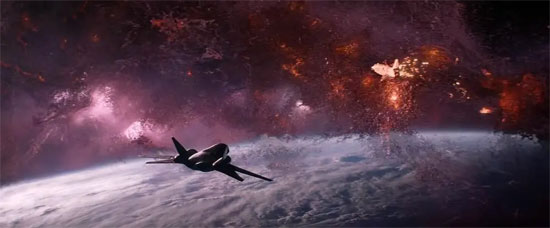
This rare “space sequence” in the series provides an exceptional stage, where weightlessness, oxygen deprivation, and the errant “Phoenix Force” all pose obstacles to the rescue mission. Enhanced by special effects, the true highlight of this segment becomes even more pronounced: the X-Men’s novel, uniquely collaborative rescue approach. Charles coordinates from Earth, Raven commands on-site, with Quicksilver, Nightcrawler, Storm, Cyclops, and Jean each leveraging their distinct abilities to accomplish seemingly impossible tasks.
This proves that with rich imagination and skillful execution, non-combat action sequences can be utterly captivating.
Throughout this scene—and indeed the entire film—an ever-evolving, perpetually floating “AE particle effect” (dog head) persists.

Before absorption, the particles drifted; when Jean struggled, they reflected; when discarded, they dispersed; during Jean’s loss of control, they erupted; and when Jean’s powers surged, they shot with effortless precision… Through these visible light-wave patterns alone, we effortlessly grasped the situation at hand—truly simple and intuitive.
The film indulges in these effects without restraint, bordering on showboating, yet they are undeniably stunning. Particularly noteworthy is the sequence where Jean, corrupted by the alien “Wraith,” nearly kills Charles. The intricate interplay of motion and texture, from the characters to the environment, is meticulously crafted and deserves praise.
“Dark Phoenix” features few fight scenes, and even fewer that leave a lasting impression… Unlike some viewers’ dissatisfaction with the concluding “train battle,” I personally quite enjoyed this sequence.
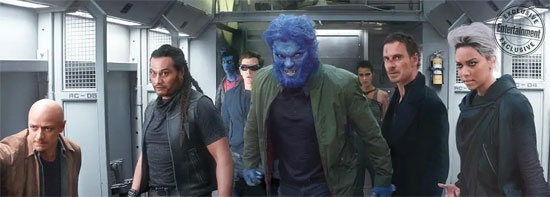
The reason, I suspect, is the clever design of this action sequence, which evoked the feel of both side-scrolling platformers and 3D action games: human soldiers quickly overwhelmed, followed by mutants each fulfilling specific roles to repel the aliens. The battle unfolds from train carriages to rooftops, from ground to sky, with diverse powers deployed in a remarkably three-dimensional and distinctive way.
Incidentally, the film’s score was composed by the renowned Hans Zimmer—a universally praised bonus that no one can fault.
Unfortunately, however, the overall tone of “Dark Phoenix” is so bland that many viewers simply couldn’t muster the right, objective “good mood” needed to appreciate the film’s strengths.
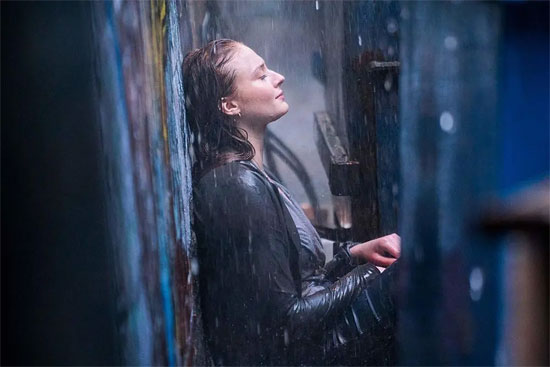
The biggest problem with the entire film is that all the conflicts feel forced and contrived, and every plot development is utterly predictable. It’s not that they’re unreasonable or simplistic, but rather that the entire narrative is saturated with a sense of “forced conflict”: Charles conceals the truth to protect Jean, but the moment Jean discovers her father is alive, she immediately spirals into a crisis of chaos. Everyone’s advice boils down to “Stay calm, control yourself, trust me,” while Jean’s only response is “What am I supposed to do?! I won’t listen, I won’t listen!”
The core characters’ performances at pivotal moments feel utterly hollow, leaving audiences dragged along by a forced sense of melodrama.
Meanwhile, the supporting cast—who should have shone—collectively underperform.
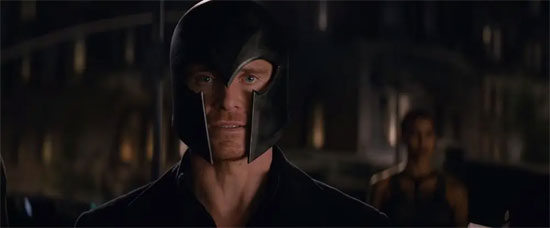
If you don’t connect it to the earlier X-Men films like “First Class,” “Days of Future Past,” and “Apocalypse,” the dramatic conflicts in “Dark Phoenix” are somewhat acceptable (just don’t overthink the continuity, or you’ll find all sorts of OOC moments)…
Professor X’s “holier-than-thou” tendencies, born from his relentless pursuit of mutant acceptance, which led to Mystique’s trust crisis; Beast’s struggle navigating this “cutting edge”; his “defection” after Raven’s death; Magneto’s constant tug between peace and destruction—all these conflicts have clear roots. Yet, like Jean’s descent into chaos, they all end up like: Well, this is just how I am now.”
Truthfully, “Dark Phoenix” only needed minor tweaks—like showing Charles’ excitement when his students discuss “superheroes” with ordinary kids, or Jean accidentally harming the innocent mutants Erik tried to protect during her island escape. More such nuanced touches could have prevented the characters from feeling as wooden as they do in the final cut.
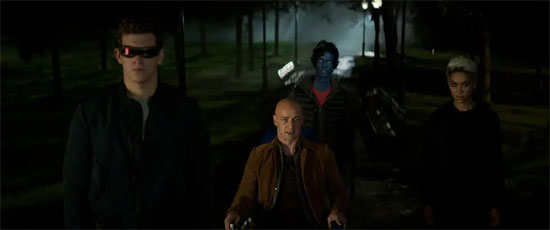
Within such a hastily constructed narrative, extended sequences feel jarringly forced. The unstable foundation of the dramatic scenes inevitably tilts the platform of the action sequences.
The 4-on-4 fight on New York’s streets erupts with this very sense of awkwardness. In previous X-Men films, mutants fighting in public would at least have a plausible excuse or unavoidable circumstance. Here, both sides dive into a chaotic street brawl without even assessing the situation—plummeting the film’s tone by a notch. Honestly, I’d side with humanity to lock these folks up…
The protagonists and neutral characters in “Dark Phoenix” lack depth, while the villains are utterly underwhelming. Even the ever-reliable Jennifer Lawrence can’t salvage the lackluster performance of Walker.

Constrained by runtime and screen time allocation, the aliens had limited opportunities to shine. Even the central Walker character was primarily depicted as deceiving and bullying an unsuspecting young girl, let alone the others—they were merely “creatures” (though given the film’s character development, that description might be too harsh)…
I almost got carried away there. My intent wasn’t to declare “Dark Phoenix” utterly terrible—some friends actually found it decent. But objectively speaking, among the twelve X-Men films released over nearly two decades, “Dark Phoenix” ranks near the bottom in quality. If it had merely served as a transitional, experimental standalone film, audiences might have been more forgiving… …
But this film bears the subjective and objective weight of marking the “conclusion of the X-Men’s 20-year saga.”
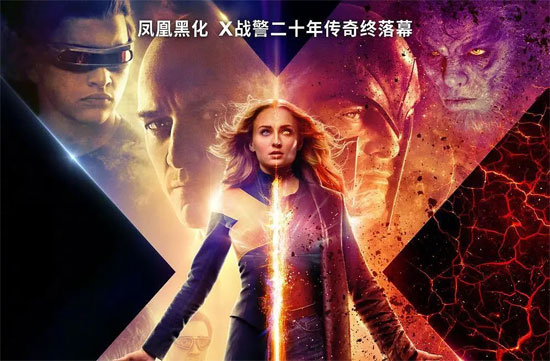
Therefore, whatever criticism and backlash Dark Phoenix receives is understandable (except for malicious abuse).
Yet this won’t diminish my affection for the X-Men franchise. The original trilogy was among my earliest and most beloved commercial films. The new trilogy delivered countless surprises and satisfaction, while the Wolverine and Deadpool solo films hold extraordinary significance—in the cinematic landscape of the early 21st century, 20th Century Fox’s X-Men saga will forever occupy a vital place.
Please specify:Anime Phone Cases » Dark Phoenix X戰警:黑鳳凰 2019 Film Review: The regret of being unworthy of one’s position